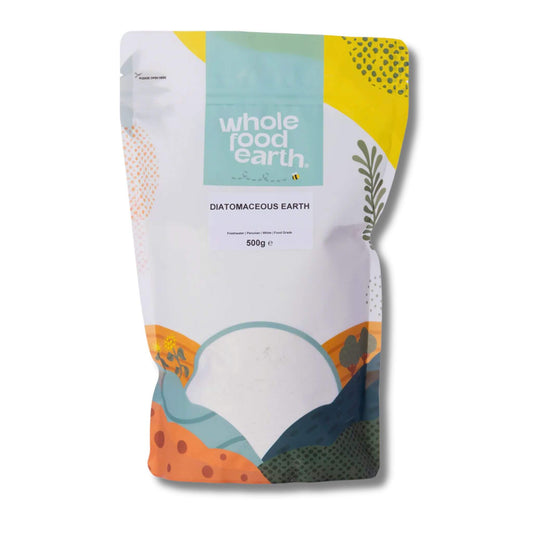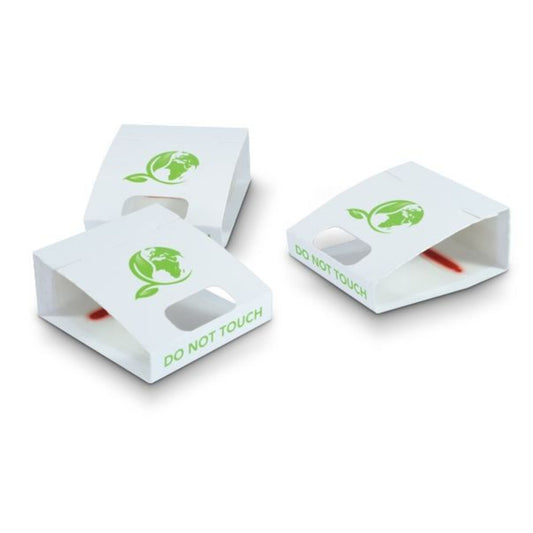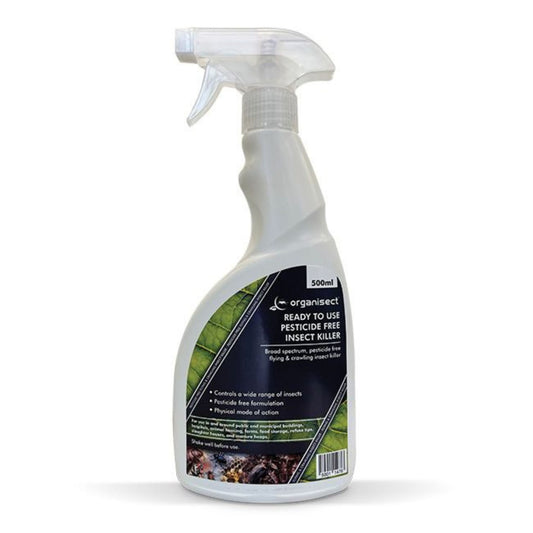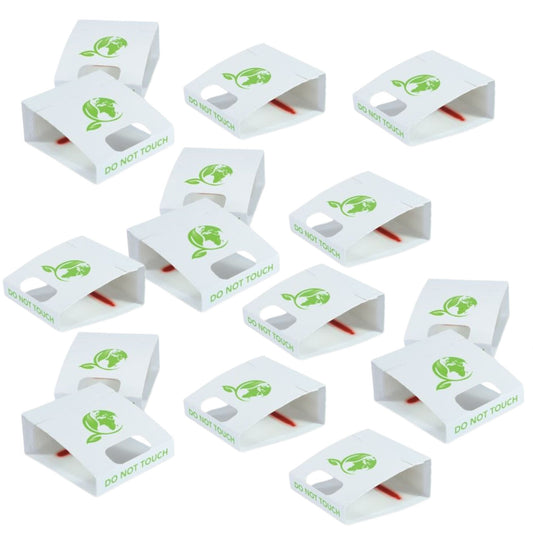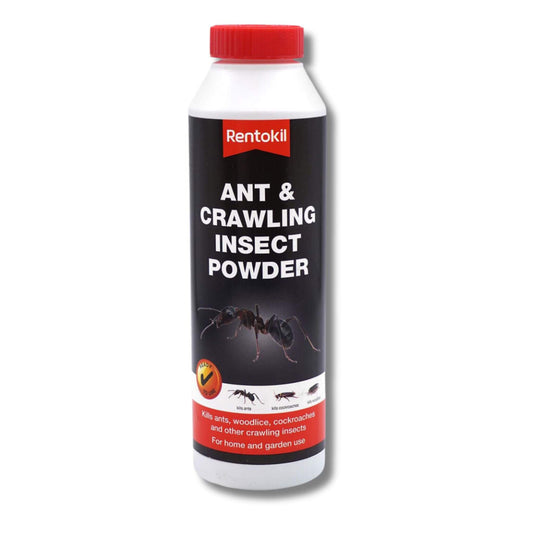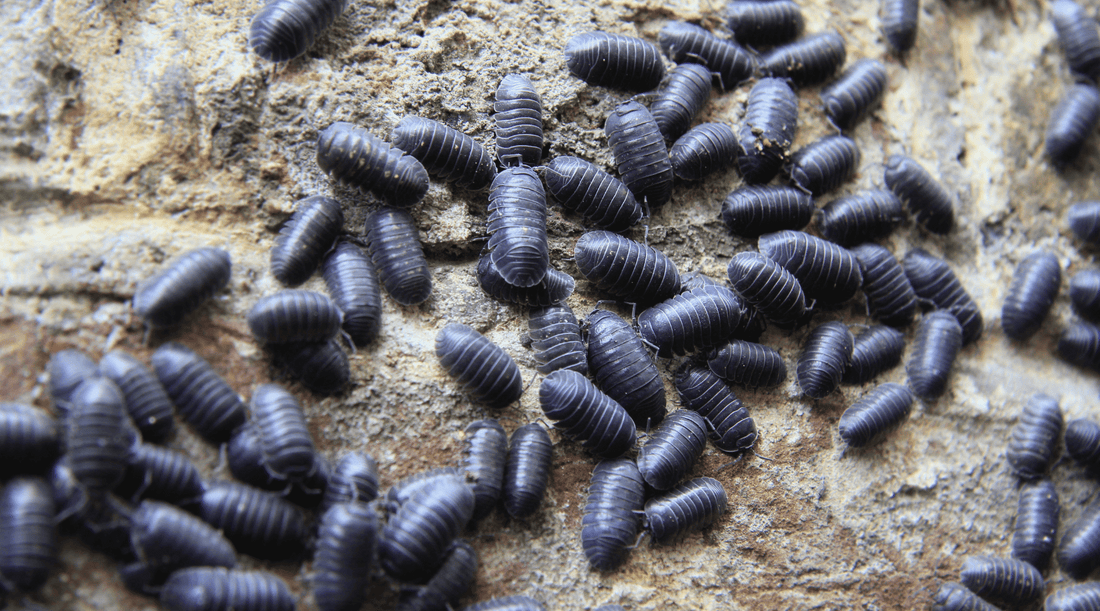
Expert Guide on How to Get Rid of Woodlice Yourself
Share
Stumbling across woodlice in your home or garden can be alarming, but these small crustaceans are pretty harmless. That said, you may wish to get their numbers under control quickly to prevent them from breeding and leaving a noticeable trail.
Woodlice are commonly known as slaters, sow-bugs, and pill-bugs. The name woodlouse is derived from the words wood and louse, a well-known parasitic insect. This is despite woodlice as crustaceans with 14 legs being neither insects nor parasitic.
Woodlice are harmless and primarily feed on decaying wood and other organic matter. Three main species of woodlice enter our homes in the UK. The pill woodlouse is perhaps the best known for its ability to roll into a tight ball when disturbed.
What Are Woodlice?
Woodlice are small crustaceans with oval, segmented bodies. They feature a prominent shell-like exoskeleton and a pair of antennae. Typically grey in colour, woodlice measure 10-15mm in length.

The name woodlouse is derived from the words wood and louse, a well-known parasitic insect. This is despite woodlice as crustaceans with 14 legs being neither insects nor parasitic.
Commonly known as slaters, sow-bugs, and pill-bugs, woodlice are harmless and primarily feed on decaying wood and other organic matter. There are three main species of woodlice that enter our homes with the pill woodlouse perhaps being the most well-known for its ability to roll into a tight ball when disturbed.

Woodlice Behaviour
Understanding woodlice behaviour is crucial for effective identification and control. Here are some key aspects of their lifecycle and eating habits that are useful to know.
Woodlice Lifecycle
Woodlice undergo a simple lifecycle, comprising of egg, juvenile, and adult life stages.
Eggs: Female woodlice carry fertilised eggs in a small pouch on the bottom of their bodies. The eggs hatch in the pouch and the small, white juveniles stay there until they are big enough to survive outside.
Juveniles: Juvenile woodlice resemble adults but are smaller and lighter in colour. They grow through a series of moults, shedding their exoskeletons as they increase in size. Each moult happens in two stages: firstly the back half of the exoskeleton is shed, followed by the front a day or two later.
Adults: Adult woodlice are grey and measure between 10-15mm long. They continue to moult throughout their lives which lasts for up to three or four years. In ideal conditions, they reproduce rapidly, leading to larger populations. Their main predators include centipedes, frogs, toads and shrews and spiders.

What Do Woodlice Eat?
Woodlice primarily feed on decomposing organic matter. Their diet includes:
- Rotting Wood: Woodlice enjoy eating rotting wood. This is why you will usually find them in dark, damp areas which have a lot of wood debris.
- Vegetable Matter: Woodlice feed on decaying leaves, plant stems, and other vegetable matter.
- Other Organic Material: Woodlice can also eat fungi, mould, mildew, and even paper products if they are damp.
Are Woodlice Dangerous to Humans? Can Woodlice Bite or Spread Disease?
Woodlice are completely harmless and do not pose a threat to humans. They do not bite, sting, spread disease or damage possessions. They are able to chew the organic matter such as decaying leaves and rotting wood that they choose to eat.

Where Do Woodlice Live?
Woodlice are most commonly found in dark, damp places both outside and inside your home. Inside, woodlice are most commonly found in basements, bathrooms, kitchens, cupboards and under sinks. Outside the house, you may find them under soil, rocks or logs, amongst plant debris or rubbish as well as in compost heaps.
Identifying Woodlice Infestations
Recognising woodlice infestations early can help you to take prompt action and regain control. Here are some key signs that you may have a woodlice infestation to look out for:
Physical Sightings
Woodlice are typically found in damp, dark areas such as in basements, bathrooms, kitchens or under rocks, logs or organic matter. Their distinctive appearance makes them fairly easy to identify.
Presence of Decaying Material
Check for signs of decaying wood, leaves, and other organic debris as these will attract woodlice who love feasting on the decaying matter.
Preventing Woodlice
Preventative measures are great for managing woodlice populations and reducing infestations. Here are several effective strategies you could use:
Reduce Dampness
Woodlice thrive in moist environments. Use dehumidifiers in damp areas and ensure your home and garden buildings are adequately ventilated. You should also fix any leaks promptly and ensure exhaust fans are installed and running smoothly in bathrooms and kitchens.
Remove Infested Vegetation
Maintain your garden regularly. This may involve cleaning up and removing decaying vegetation and organic debris. This includes cut grass, leaf litter, rotting wood, and plant debris. You should also ensure decaying organic matter is out of reach in your your kitchen (e.g. vegetable peels).
Seal Entry Points
Inspect your home for potential entry points that woodlice could pass through. This includes cracks and crevices around windows, doors, and pipes. Seal these areas thoroughly to prevent woodlice from entering your home.
Natural DIY Woodlice Control
More natural methods for managing woodlice infestations are often preferred to chemical solutions. Here are several non-chemical methods to help control woodlice:
Essential Oils
Certain essential oils, such as eucalyptus and peppermint are thought to repel woodlice. Spray these oils around potential entry points, infested areas or potential hangouts such as damp, dark spaces.
Diatomaceous Earth
This natural insect killer powder can be applied to areas where woodlice are frequently found. It dehydrates and kills them upon contact.
Sticky Traps
Sticky traps are great for monitoring levels of infestation and trap individual woodlice. They work by attracting woodlice and other insects who then get trapped to the sticky surface while walking across. The downside of sticky traps is that it doesn't target the source of the infestation.
Chemical Solutions for Woodlice
If natural solutions are not effective or you need to take urgent action, chemical interventions may be necessary. Before using any chemical products, research the ingredients and potential side effects. Remember to always read and follow the instructions carefully.
Insecticides
Choose sprays or powders specifically designed for woodlice which should be apparent from the label. Apply these products in areas where woodlice are known to roam. This includes entry points, damp, dark spots and other potential hiding spots. We recommend trying a non-toxic insect killer spray first as these are generally safe to use around people and pets.

Cleaning and Repairing After Woodlice Infestations
When you have finished addressing a woodlice infestation remember to clean infested areas and repair any damage.
Deep Clean
We recommend vacuuming and steam cleaning infested areas to remove any remaining woodlice, eggs, or food sources. Pay special attention to cracks and crevices as woodlice can hide in these small spaces.
Repair Damp Areas
Fix any water leaks and repair damp areas promptly to prevent future woodlice infestations. We recommend that you replace or repair any damaged wood and other materials affected by woodlice.
When to Use Professional Pest Control Services for Woodlice
If you've tried and failed to control woodlice infestations yourself then it may be time to call the professionals. Pest control services can offer more effective and customised advice and solutions. These ensure your woodlice infestation is put under control.
Final Thoughts
You can effectively manage and prevent woodlice infestations in your home by following the steps outlined in this guide.
Don't sit and wait, early identification and prompt action are key factors to success. Regular cleaning, removal of dampness, and sealing off entry points can reduce the risk of infestations.
If preventative measures aren't doing enough, consider spray or powder insecticides. Alternatively, seek professional help. Taking control of your environment will help maintain a healthy, pest-free home.
We go to great lengths to ensure that all our DIY woodlice control products are effective & easy-to-use.

